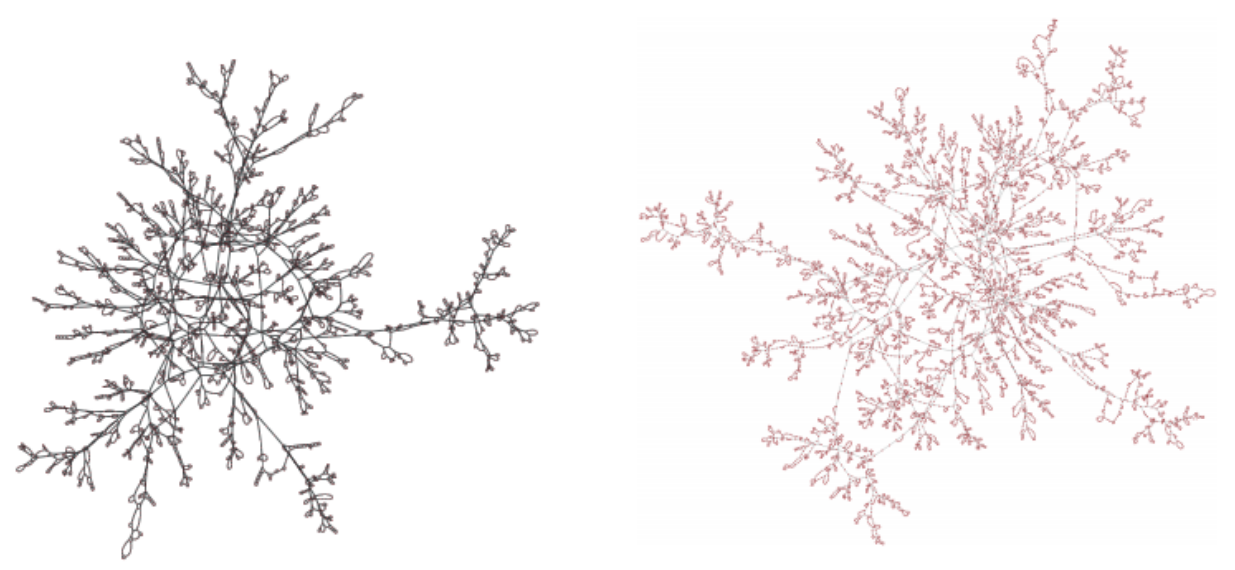
qubits embedded in a multilevel system
The transmon qubit, first proposed in 2007 by Koch et al. 1, has become a top contender for realizing large-scale NISQ devices. The transmon is based on an anharmonic oscillator realized by a Josephson junction shunted to a capacitor. Anharmonicity — i.e. unevenly separated energy levels, c.f. the harmonic oscillator — is the key ingredient enabling a stable two-level subsystem where the qubit state will live. The circuit diagram (taken from 1), shown below,...

